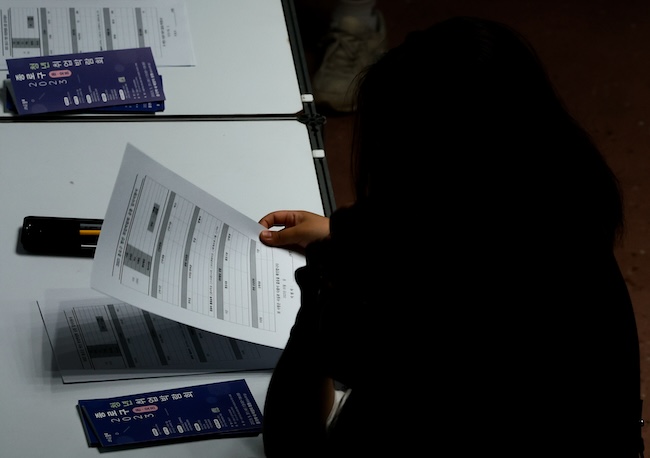
When the unemployment rate is 1% higher than the long-term trend, the suicide mortality rate for that year increases by 0.185% in comparison to the trend. (Image courtesy of Yonhap)
SEOUL, Mar. 11 (Korea Bizwire) – A recent study has highlighted the correlation between worsening economic conditions and higher suicide rates, emphasizing the significant impact of a 1% decrease in the employment rate on youth suicide fatalities, which rise by 1.7%.
Conducted by the Korea Labor Institute, the research, titled “Economic Shocks and Suicide,” explores the counter-cyclical nature of various economic indicators, such as unemployment rates, employment rates, and the ratio of full-time to part-time employment, in relation to suicide mortality rates.
The study indicates that during periods of economic prosperity, suicide rates tend to decline, whereas they increase as the economy deteriorates.
Specifically, when the unemployment rate is 1% higher than the long-term trend, the suicide mortality rate for that year increases by 0.185% in comparison to the trend.
Conversely, when the employment rate is 1% above the long-term average, there’s an approximate 1.448% reduction in suicide deaths.
The counter-cyclical relationship between unemployment rates and suicide rates is most pronounced among middle-aged and older adults, while the link between employment rates and suicide rates is particularly strong within the 20-39 age group.
A 1% dip below the long-term employment trend corresponds to a 1.748% increase in the suicide rate among young people.
The study also found that lower rates of full-time employment and higher rates of part-time or temporary work correlate with increased suicide rates, with statistical significance observed among middle-aged men and young women.
This connection has become more evident in the wake of the COVID-19 pandemic, particularly among women in their 20s and 30s, whose suicide rates have surged more than other groups.
The sectors heavily reliant on face-to-face services, which employ a large proportion of young women and have a high percentage of non-regular or temporary jobs, have been hit hardest by the pandemic’s employment shocks, potentially exacerbating the suicide rate among young people, especially women.
Hong Jeongrim, a senior researcher at the Korea Labor Institute, stressed the significance of the study, noting its identification of the counter-cyclical nature of youth suicide rates and the potential link between economic shocks and the diverse impacts on suicide.
Hong emphasized the urgent need for expanded socio-economic support as part of suicide prevention strategies, highlighting the importance of addressing the vulnerabilities of not just the middle-aged population but also the youth.
M. H. Lee (mhlee@koreabizwire.com)






